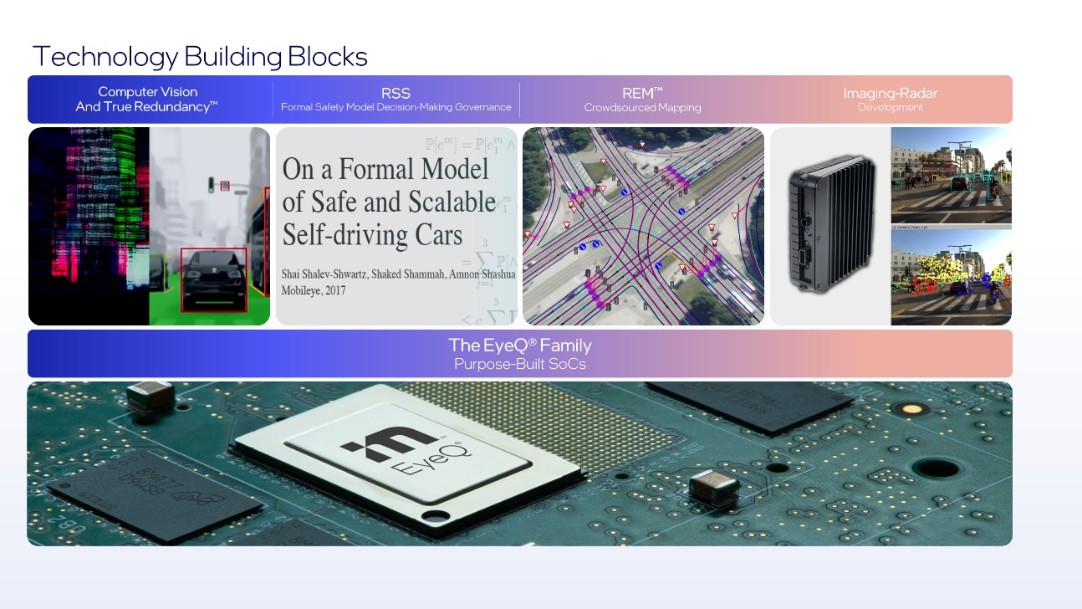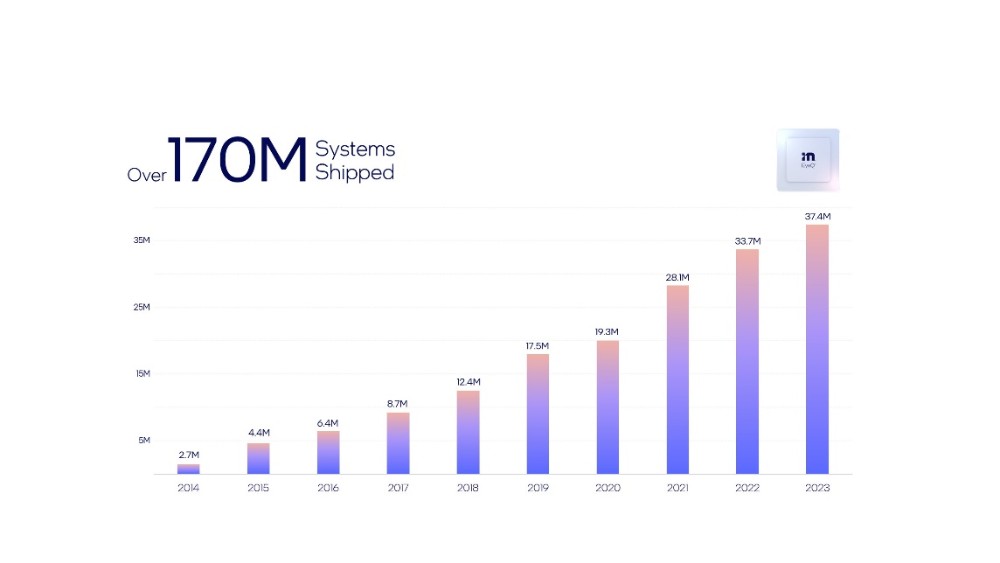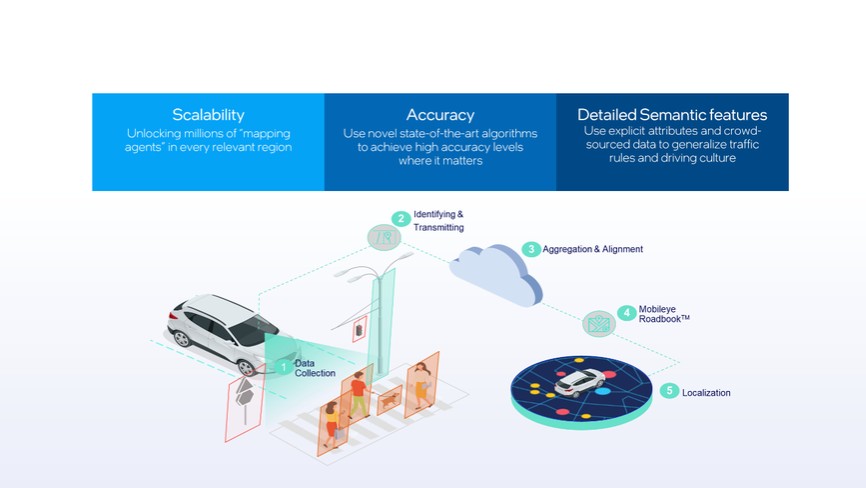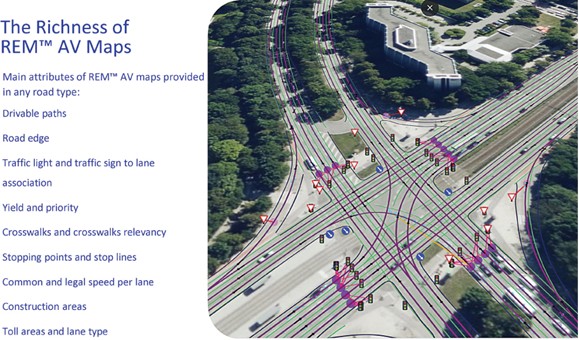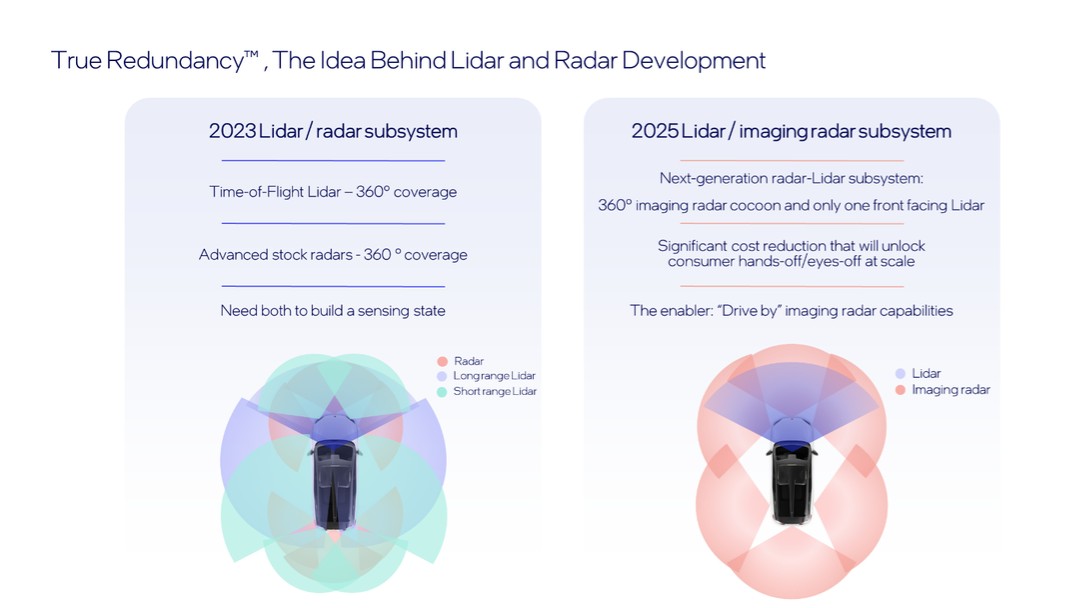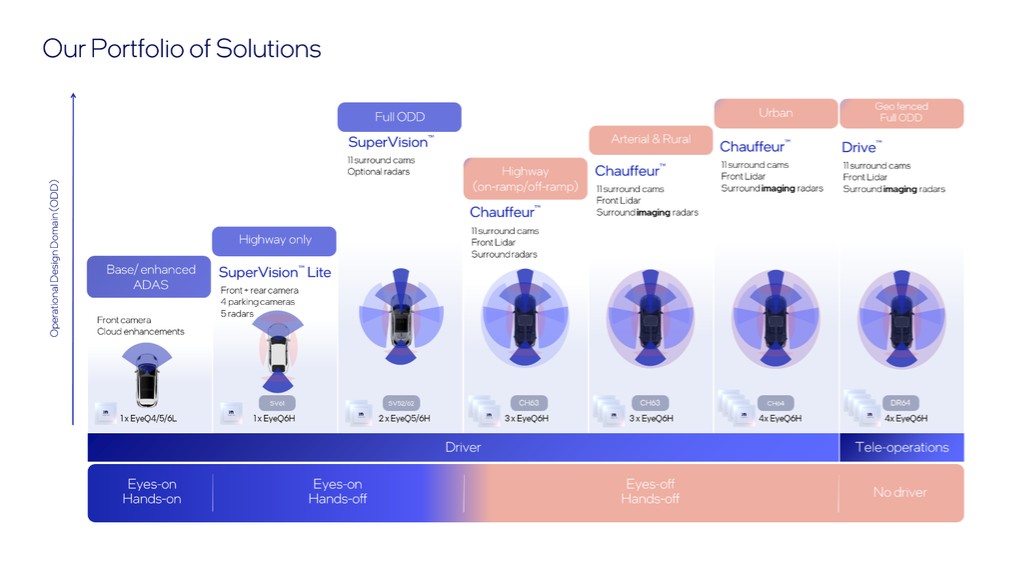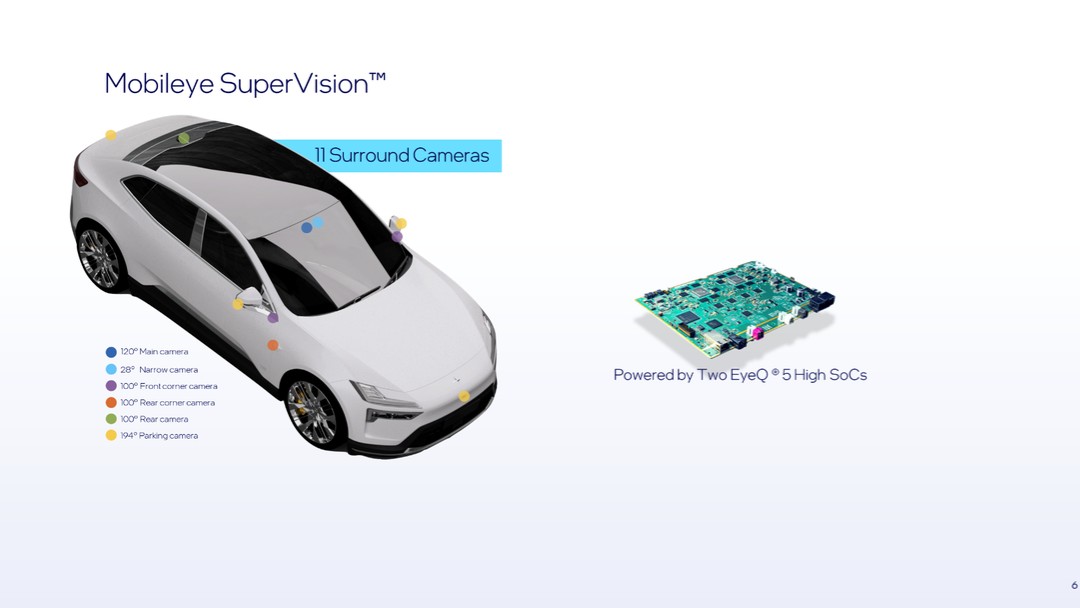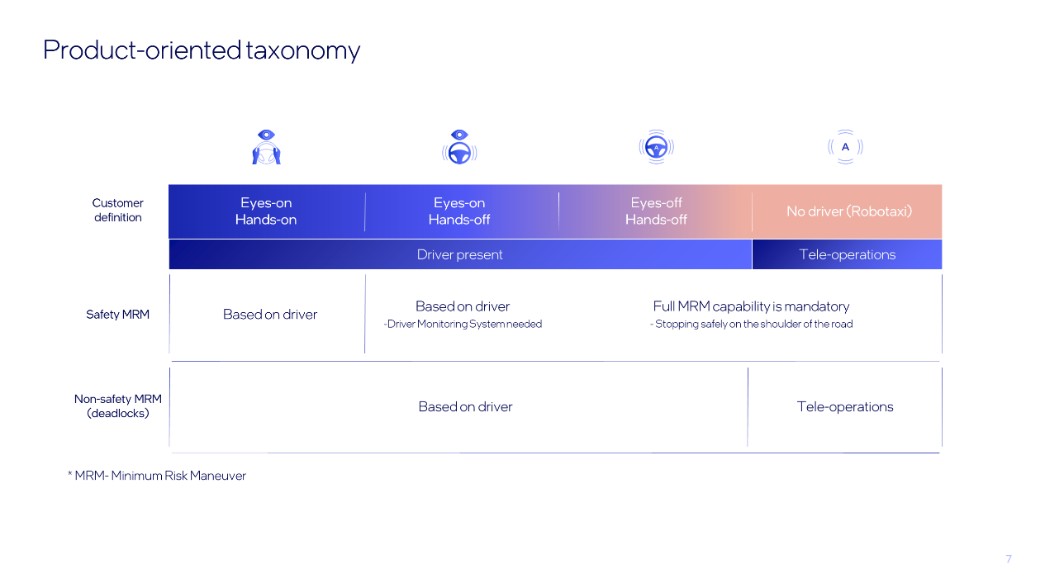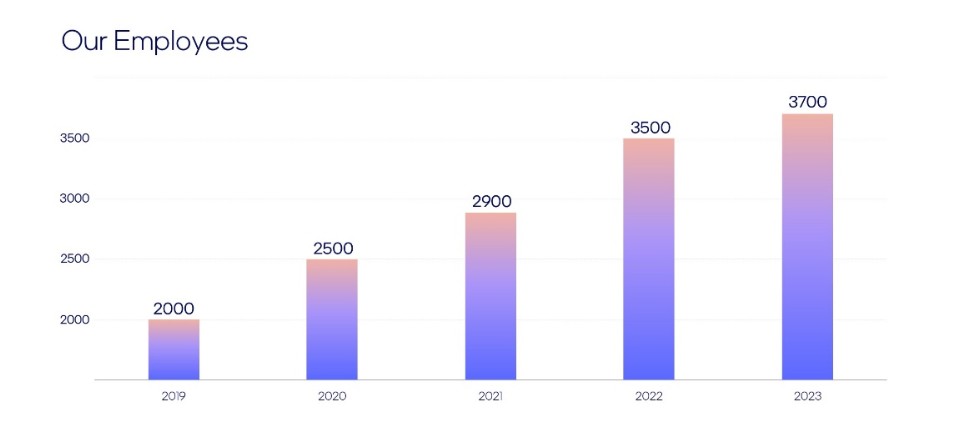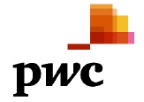Risks Related to Privacy, Data, and Cybersecurity
Interruptions to our information technology systems and networks and cybersecurity incidents could adversely affect our business, results of operations, and financial condition.
We collect and maintain information in digital form that is necessary to conduct our business, and we rely on information technology systems and networks (“IT systems”) to process, transmit, and store electronic information, and to manage or support our business and consumer facing activities. Our operations routinely involve receiving, storing, processing, and transmitting confidential or sensitive information pertaining to our business, customers, suppliers, employees, and other sensitive matters, including trade secrets, other proprietary business information, and personal information. Although we have established physical, logical, electronic, and organizational measures designed to safeguard and secure our systems to prevent a data breach or compromise, and to prevent damage to or downtime of our systems, and although we rely on commercially available systems, software, tools, and monitoring to provide security for our IT systems and the processing, transmission, and storage of digital information, we cannot guarantee that such measures will be adequate to detect, prevent, or mitigate cyber incidents. The implementation, maintenance, segregation, and improvement of these measures requires significant management time, support, and cost. Moreover, there are inherent risks associated with developing, improving, expanding, and updating current systems, including the disruption of our data management, procurement, production execution, finance, supply chain, and sales and service processes. These risks may affect our ability to manage our data and inventory, procure parts or supplies, or produce, sell, deliver, and service our solutions, adequately protect our intellectual property, or achieve and maintain compliance with, or realize available benefits under, applicable laws, regulations, and contracts.
We cannot be sure that the IT systems upon which we rely, including those of our third-party vendors or suppliers, will be effectively implemented, maintained, or expanded as planned. While cyberattacks against our third-party vendors or suppliers have not materially adversely affected us to date, future cyberattacks on such third parties may cause significant disruptions and materially adversely affect our business, results of operations, and financial condition. Additionally, any contractual protections with such third parties, including our right to indemnification, if any at all, may be limited or insufficient to prevent a negative impact on our business from such cyberattacks. Despite the implementation of preventative and detective security controls, our and such third parties’ IT systems are vulnerable to damage, shutdown, or interruption from a variety of sources, including telecommunications or network failures or interruptions, system malfunction, natural disasters, cyber-crime, terrorism, and war. Additionally, our IT systems and products may be vulnerable to malicious acts by hackers, including through use of computer viruses, malware (including ransomware), phishing attacks, or denial of service attacks.
We regularly face attempts by others to gain unauthorized access, or to introduce malicious software, to our IT systems. Individuals or organizations, including malicious hackers, state-sponsored organizations, insider threats, including employees and third-party service providers, or intruders into our physical facilities, at times may attempt to gain unauthorized access to or corrupt our IT systems, products, or services. Due to the widespread use of our solutions, we are a target for computer hackers and organizations that intend to sabotage, take control of, or otherwise corrupt our processes, solutions, and services. We are also a target for malicious attackers who attempt to gain access to our network or data centers or those of our suppliers, customers, partners, or end users, steal proprietary information related to our business, products, employees, suppliers, and customers, interrupt our infrastructure, systems, and services or those of our suppliers, customers, or others, or demand ransom to return control of such systems and services. Such attempts are increasing in number and in technical sophistication, may see enhanced effectiveness through the use of AI, and if successful, may expose us and the affected parties to risk of loss or misuse of confidential or other proprietary or commercially sensitive information, compromise personal information regarding users or employees, disrupt our business operations, and jeopardize the security of our facilities. Our IT infrastructure also includes products and services provided by third parties, and these providers may experience breaches of their systems and products that impact the security of our systems and our proprietary or confidential information.
